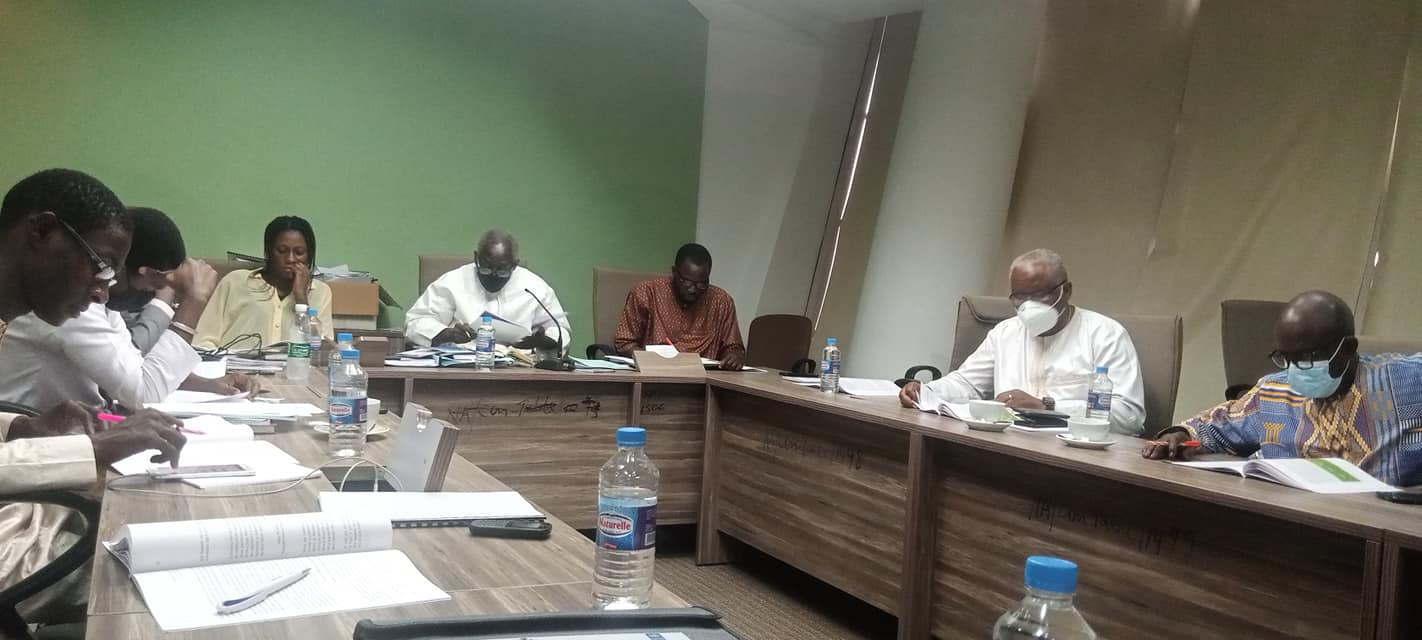The cargo traffic of the port Banjul has over the years been increasing and the volume of throughput handled between 2016 and 2020 amounts to 12,515,516 twenty-foot equivalent units (TEU). More than 70% of the cargo traffic are transits cargoes as the port of Banjul also serves as a regional hinterland exceeding beyond its national borders and acting as a maritime gateway for transiting cargoes for countries such as Senegal, Mali, Guinea Bissau, and Guinea Conakry. This highlights the importance of the Port and underscores its potential for growth with the right investment.
This audit is motivated by numerous factors which include:
- The public outcries about the congestion at the port resulting in delays in cargo delivery.
- The Governments concern over the performance of the port of Banjul as stipulated in the 2018-2021 National Development Plan.
- International Trade and Economic benefit of the port of Banjul
- Achieving efficient maritime transport supports the achievement of the United Nations 2030 sustainable development agenda and
- Support rendered by the World Bank geared towards reforms of SOEs in the Gambia to increase fiscal space and improve the effectiveness of public resource management.
The main objective of the audit was to assess the efficiency and effectiveness of the mechanisms put in place by the Gambia Port Authority in the provision of cargo handling. The audit assessed the extent and capacity in terms of infrastructure, equipment administrative, and legal framework required in the provision of effective cargo handling services. The audit covered the period of five years from January 2016 to December 2020.
The audit used three main methods of data collection during the audit exercise, this includes interviews with key players involved in cargo handling, documentary review, and site visits.

